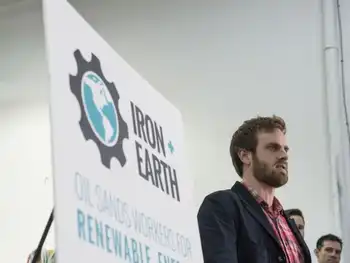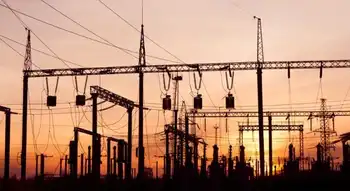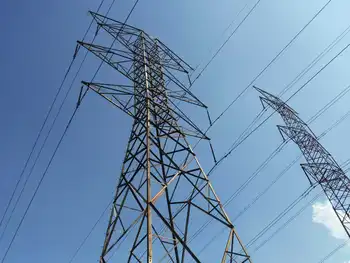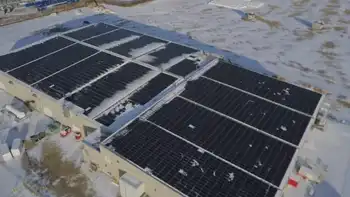TVA takes a new look at power in the future
By Chattanooga Times Free Press
Protective Relay Training - Basic
Our customized live online or in‑person group training can be delivered to your staff at your location.

- Live Online
- 12 hours Instructor-led
- Group Training Available
A decade and a half after conducting its last integrated resource plan, TVA is preparing to launch a similar 18-month study about future energy options for the Tennessee Valley. TVA President Tom Kilgore said the analysis is being done at a time of changing consumption, regulations and technology.
“All the variables from new legislation to the economic downturn to changes in power consumption will make this a challenging exercise,” Mr. Kilgore said after a board meeting in Young Harris, Ga. “But it’s what we do.”
Unlike the Energy Vision 2020 report prepared in the mid-1990s, the new TVA strategy is expected to outline a menu of options for the nationÂ’s biggest government utility, which serves most of Tennessee and much of North Georgia.
TVA already is looking at new sources of electricity, including more nuclear, solar, biofuels and wind generation, and new ways of pricing power, including time-of-day rates.
The economic downturn has cut electricity consumption in the Tennessee Valley this year by more than 6 percent — the biggest yearly drop in TVA history. But agency officials still expect power consumption to grow over time at an annual pace of about 2 percent as the population and businesses grow and more transportation is powered by electric cars.
“There is so much uncertainty right now about the future of carbon emissions, renewable energy requirements, nuclear power regulations and the economy in general, that I think TVA would probably be making a mistake if they try to focus on a single alternative,” said Jack Simmons, president of the Tennessee Valley Public Power Association, a Chattanooga trade group for TVA distributors. “I think what makes sense at this time is to try to do an economic and environmental assessment on a range of options.”
Mr. Simmons is one of several Tennessee Valley representatives who will be part of a stakeholders group that will help shape the new integrated resource plan, TVA officials said. TVA Senior Vice President Anda Ray said the new study should begin within the next month and include public hearings both to scope out what options should be considered and to offer opinions on the draft proposal.
“We’re not going to copy the process we used last time, but there will be... multiple opportunities for public input, and we want to make this as transparent of a process as possible,” she said.
Stephen Smith, executive director of the Southern Alliance for Clean Energy and a participant in the 1995 integrated resource plan committee, said he is encouraged by TVAÂ’s decision to conduct a new study.
“We have been pushing for a comprehensive integrated resource plan for years to help TVA look at all of its options, just as every utility around TVA has long been required to do,” he said. “In my opinion, without this type of planning, TVA folks have been largely flying by the seat of their pants.”
Mr. Kilgore said TVA is trying to be proactive in its planning at a time when Congress is debating new limits on carbon and smog emissions from coal plants, new requirements for more solar and wind generation and new incentives for energy conservation.
“This is not going to be a voluminous document like the Energy Vision 2020 report was last time,” Mr. Kilgore said. “It is going to be a more flexible document that looks at all the technologies and options and their environmental impacts to help the board make the best decisions for our future.”
Key areas:
Renewable portfolio: Congress is considering legislative proposals to require 20 percent of most utilitiesÂ’ electricity come from energy conservation or solar, wind, biofuels and other renewable generation by 2020.
Pollution controls: The Clean Air Interstate Rule by EPA will require utilities to further reduce sulfur and nitrogen oxide emissions, and EPA is looking at new controls on ash disposal from coal plants.
Falling demand: TVA power sales this year are down 6 to 8 percent — the biggest yearly drop ever in the Tennessee Valley — because of the slowing economy.
New technologies: Smart meters to control the use and distribution of electricity, combined with new types of power generation from advanced solar panels, batteries and hydroelectric sources, will change how power is produced and used.
Carbon controls: Congress is considering a cap-and-trade measure to reduce carbon dioxide emissions from coal and other fossil fuels. President Obama wants to cut greenhouse gas emissions linked to climate change by 80 percent by 2050.











